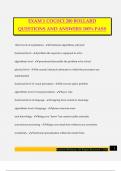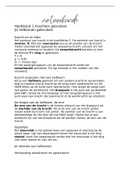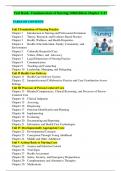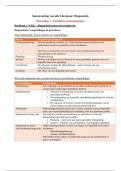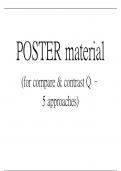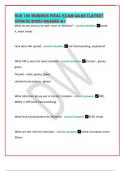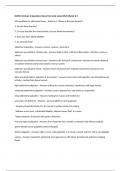Exam (elaborations)
EXAM 1 COGSCI 200 BOLLARD QUESTIONS AND ANSWERS 100% PASS
- Course
- Institution
EXAM 1 COGSCI 200 BOLLARD QUESTIONS AND ANSWERS 100% PASS three levels of explanation - functional, algorithmic, physical functional level - problem the capacity is supposed to solve algorithmic level - procedures that enable the problem to be solved physical level - the neural/chemical substr...
[Show more]
